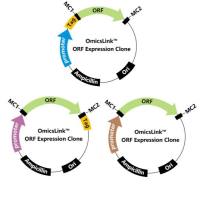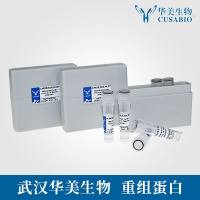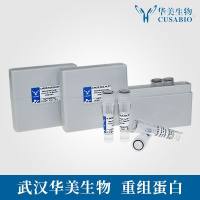Antisense Strategies for Treatment of Heart Failure
互联网
互联网
相关产品推荐

POF1B Homo sapiens premature ovarian failure, 1B (POF1B), transcript variant 1, mRNA.
询价

FABP3/FABP3蛋白Recombinant Pig Fatty acid-binding protein, heart (FABP3)重组蛋白Fatty acid-binding protein 3 (Heart-type fatty acid-binding protein) (H-FABP)蛋白
¥2328

PIEZO1/PIEZO1蛋白Recombinant Human Piezo-type mechanosensitive ion channel component 1 (PIEZO1)重组蛋白(Membrane protein induced by beta-amyloid treatment)(Mib)(Protein FAM38A)蛋白
¥1836

Recombinant-Human-Uncharacterized-protein-ATPAF1-AS1ATPAF1-AS1Uncharacterized protein ATPAF1-AS1 Alternative name(s): ATPAF1 antisense RNA 1 ATPAF1 antisense gene protein 1
¥10612

POF1B Homo sapiens premature ovarian failure, 1B (POF1B), transcript variant 2, mRNA.
询价
相关问答

